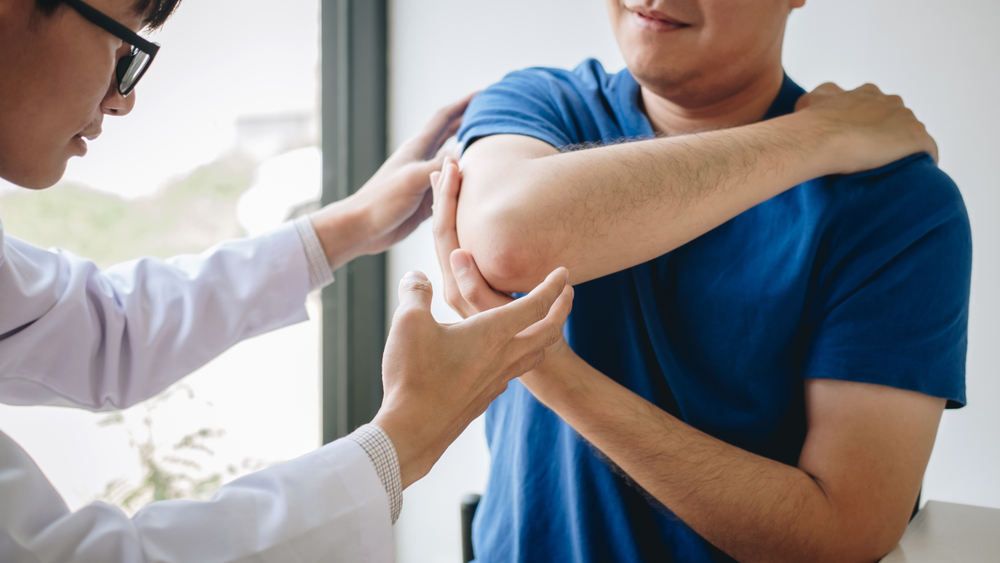Source: www.aaos.org, October 2020
Orthopaedic surgeons share lifting techniques for home caregivers
ROSEMONT, Ill. (October 26, 2020)—November is Family Caregiver Month and although caring for a loved one can be a very rewarding job, it also can be cause for physical and mental strain.
“Properly lifting your loved one is important to avoid back, neck and shoulder strains and injuries,” explains Charla Fischer, MD, FAAOS orthopaedic spine surgeon and spokesperson for the American Academy of Orthopaedic Surgeons (AAOS). “Pulling a person into a seated position in bed is a common activity that may cause muscle strain, as well as transferring a person from a bed to a wheelchair and leaning over a person for extended periods of time. Understand your risk of injury, so you can avoid getting hurt, and use proper lifting techniques to help prevent these injuries.”
According to the National Alliance for Family Care, family caregivers spend an average of 24.4 hours per week providing care[1]. Whether assisting with daily living activities or more demanding medical and nursing tasks, Dr. Fischer stresses the importance of using proper lifting techniques to help keep bones and joints healthy.
To avoid injury when helping a person move to a wheelchair from laying down in bed, first, put the chair close to the bed and ensure the wheels are locked. Place one arm under the person’s legs and your other arm under their back. Move the person’s legs over the edge of the bed while pivoting their body and keep a strong stance with your feet shoulder-width apart, your knees bent and your back in a natural straight position.
“Never lift more than you can handle,” added Dr. Fischer. Do not twist when lifting to avoid back strain. Face the person and hold them close to you, lean back and shift your weight or pivot direction if necessary. Take your time and don’t rush. Lifting belts can help for these types of movements.”
Many communities and local hospitals provide training to help caregivers properly care for a family member at home. AAOS offers resources on patient education through OrthoInfo.org and its Prevent Injuries America!® campaign, and the AAOS recommends the following lifting techniques for home caregivers:
- Keep your head and neck in proper alignment with your spine; your head, neck, and back should be as straight as possible.
- Maintain the natural curve of your spine; bend with your hips and knees, rather than from your back.
- Avoid twisting your body when carrying a person.
- Always keep the person who is being moved close to your body.
- Keep your feet shoulder-width apart to maintain your balance.
- Use the muscles in your legs to lift and/or pull.
For more lifting techniques for home caregivers, visit OrthoInfo.org. To schedule an interview with an AAOS orthopaedic expert, email media@aaos.org.
About the AAOS
With more than 39,000 members, the American Academy of Orthopaedic Surgeons is the world’s largest medical association of musculoskeletal specialists. The AAOS is the trusted leader in advancing musculoskeletal health. It provides the highest quality, most comprehensive education to help orthopaedic surgeons and allied health professionals at every career level to best treat patients in their daily practices. The AAOS is the source for information on bone and joint conditions, treatments and related musculoskeletal health care issues and it leads the health care discussion on advancing quality.

